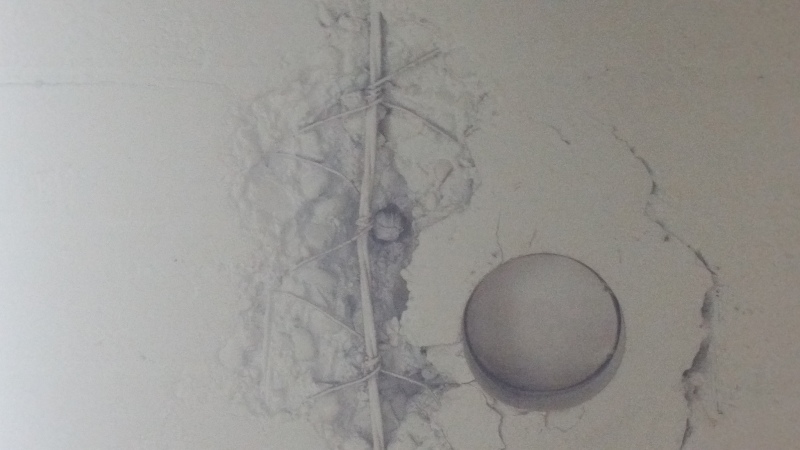rcatalina85
Structural
- Nov 28, 2011
- 8
Hello,
I am currently evaluating an existing concrete floor slab that I am told was constructed in the 1950's. I found an area of exposed reinforcement and it appears to be wire strand that could be a pre-stressed or post tensioning cable. No signs of any "pockets" and the slabs are supported by structural steel beams spaced at 6'-3" oc. The short span does not make sense with either of these systems, but I have not seen this type of reinforcement used in conventional structural slabs.
I would appreciate any guidance or references that might help pin-point the original design intent for this type of slab.

I am currently evaluating an existing concrete floor slab that I am told was constructed in the 1950's. I found an area of exposed reinforcement and it appears to be wire strand that could be a pre-stressed or post tensioning cable. No signs of any "pockets" and the slabs are supported by structural steel beams spaced at 6'-3" oc. The short span does not make sense with either of these systems, but I have not seen this type of reinforcement used in conventional structural slabs.
I would appreciate any guidance or references that might help pin-point the original design intent for this type of slab.










